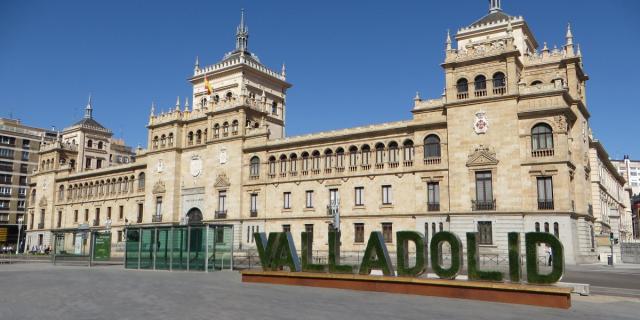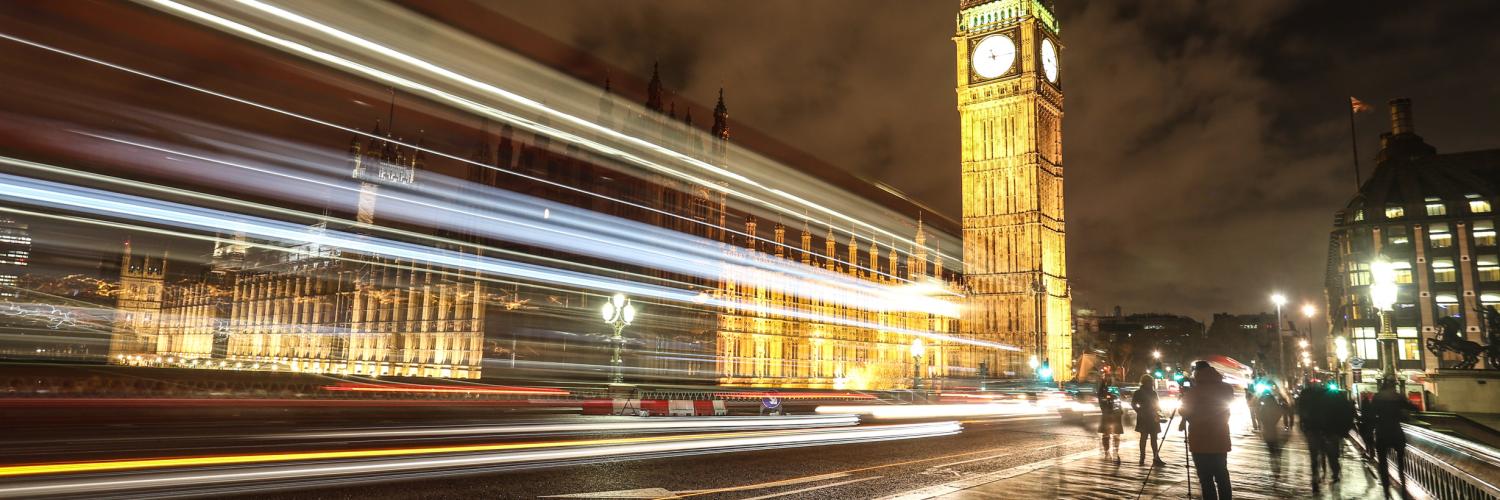In the last 30 years London has doubled in size; and the forecast is that by 2036 the population would increase to 10 million from the current 8.6 million today
We are facing more and more environmental issues, with pollution being one of the major factors being confronted. Cities are slowly changing their landscape to better adapt transportation with the objective of improving the health of the population. Cities are looking to reduce traffic, improve public transportation, and offering alternatives that combine mobility, flexibility and pleasure.
The CVO will release its next publication on “Smart Cities, Smart Mobility” by Lukas Neckermann by the end of May 2017. The publication will each 2 month look at the initiatives taken by a number of cities to solve issues related to vehicles and those initiatives that encourage mobility in a smart and responsible way.
London: The lead to Smart Mobility?
London is recognized as a leader in digital technology, and 460 apps relating to transport were created using open data in 2016. …. This is a small indication of the challenges London is facing.
Background
The British capital is currently implementing some of the strictest rules in the world in order to reduce pollution caused by the heavy traffic.
Small particles pollution (PM2,5) and carbon oxide (NO2) are considered to be instrumental in the deaths of 9000 Londoners per year. In response the Mayor of London Sadiq Khan announced on April 4th 2017 a number of measures, such as a brand new ultra protected zone in the capital by 2019.
Fourteen (14) years ago an urban toll was implemented in centre of London known as the London Congestion Charge. This toll amounted to a daily charge of 13,5€ per car for those driving within the 21km2 zone in the centre of London.
Mobility Challenges
- The UK has witnessed a great deal of urban change with denser populated and mixed use cities. An increase in the aspiration for urban living has lowered the dependency on the car as a mode of transport and increased the number of residents benefiting from greater accessibility.
- New alternatives to the car has risen such as increased public transport and an upgraded pedestrian and cycling infrastructure.
- Digital technologies and transport innovations: internet, smartphones have opened up new opportunities for accessing the city, opening up hybrid forms of public transport, tax incentives and shared car use.
The Greater London area covers 1572 km2 with a population density of 4542 inhabitants per square meter. Of this the density in the Urban area is 1737.9 inhabitants per sqm and for the metropolitan area a density of 8382 per sqm; this amounts to a total population of 13,709,000 inhabitants!!
London’s underground system carries c. 3 million passengers each day!
By 2031 public transport will need to accommodate 5 million more trips per day compared to 2011.
Infrastructures
1 billion passenger journeys per year
11 tube lines carrying almost 50% of London’s commuters
Private railways, such as the Docklands Light railway (carrying 101 million passengers per year) and Tramlink with 39 stations and 28 million passengers per year….
1 million Londoners own bicycles, however only 2% of all journeys in London are made by bike, but this does show a significant increase of 83% compared to 2000.
There are 11,000 bikes available for rental at 750 docking stations around London.,
Buses in the capital carry 6 million passengers along 700 different routes
Regulation
Although past initiatives have resulted in a decrease of almost 15% of road traffic, further legislation is being planned and low emission zone introduced with the objective to further reduce road traffic.
From 23 October 2017, cars, vans, minibuses, buses, coaches and heavy goods vehicles (HGVs) in central London will need to meet minimum exhaust emission standards, or pay a daily £10 Emissions Surcharge (also known as the Toxicity Charge, or T-Charge). This will be in addition to the Congestion Charge. The minimum emissions standards are Euro 4/IV for petrol and Euro 6/VI for diesel vehicles.
Londoners inside the zone will be discharged of this new tax until 2022. Only black cabs will be exempted.
It is Sadiq Khan’s ambition to reduce NO2 by 50% in the low emission zone by 2020.
Whereas the number of people driving in London is falling, Tube and bus use is rapidly increasing. London is currently undertaking a number of projects and initiatives to ease commuters journeys, such as:
- widening tube stations,
- investing in new stations and lines,
- rethinking car sharing programs,
- adapting frequency according to peak hours…
all these transformations are on going but one topic remains on top of the list: traffic congestion.
What’s next?
To lower both traffic pollution and congestion, an independant scoring system will be implemented, based on real emissions of polluting particles. Paris London and Seoul have commited to this plan by implementing mobile sensors in the streets and on different vehicles brand. The results will be published on a dedicated website which will be available, according to Anne Hildalgo mayor of Paris and Sadiq Khan mayor of London, by the end of 2017.
Sources: maplanete.blog, www.Isecities.net, www.london.gov.uk, the economist



